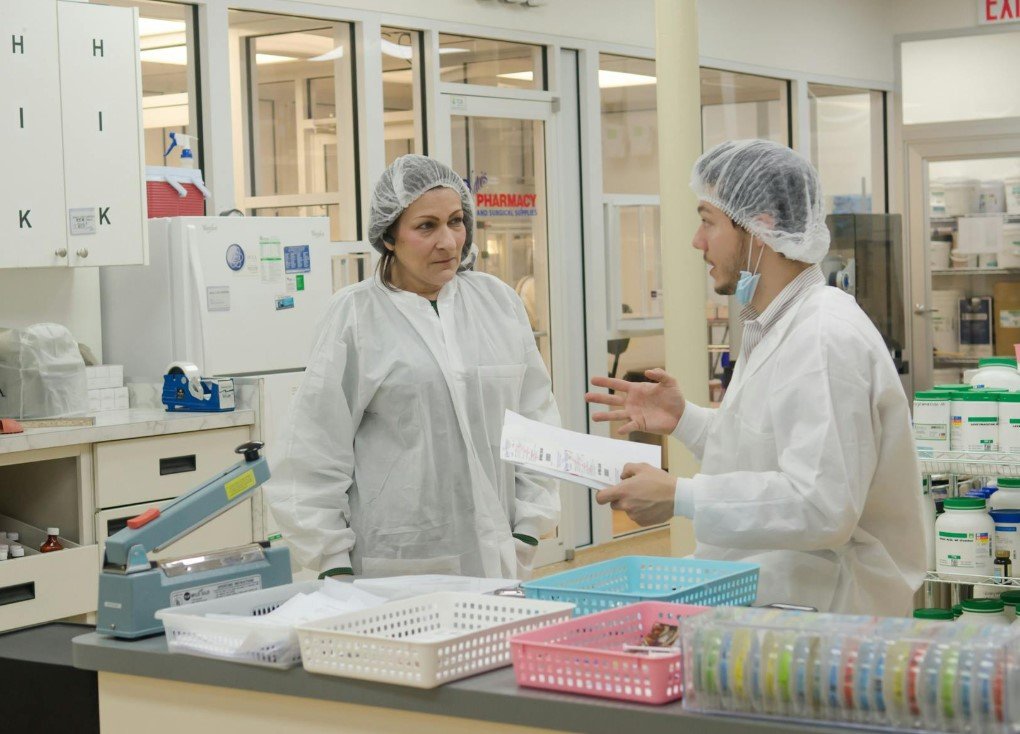In the face of climate change and growing global food demands, scientists are developing new varieties of potatoes that are more resilient and adaptable. These “future spuds” are designed to withstand harsh environmental conditions, ensuring food security for millions. This article explores the innovative breeding techniques behind these hardy potatoes, their potential impact on agriculture, and the challenges that lie ahead.
Scientists are leveraging hybrid breeding techniques to create new potato varieties that can better withstand diseases, heat, drought, and salinity. Hybrid breeding, which has revolutionized many crops, is now being applied to potatoes, thanks to breakthroughs in understanding their complex genetics. This method allows for the rapid development of new cultivars with desirable traits.

One of the leading companies in this field is Solynta, which has developed hybrid potatoes that are already showing promise in regions like East Africa. These potatoes are not only more resilient but also offer higher yields compared to traditional varieties. The use of hybrid breeding eliminates the need for genetic engineering, making these new potatoes more acceptable to consumers and regulators alike.
The process involves crossing wild potato species with cultivated varieties to introduce traits such as disease resistance and drought tolerance. This approach taps into the genetic diversity of wild potatoes, which have evolved to survive in extreme conditions. By incorporating these traits into commercial varieties, scientists aim to create potatoes that can thrive in a changing climate.
Potential Impact on Agriculture
The development of hardy potatoes has significant implications for global agriculture. Potatoes are the world’s fourth most important food crop, providing essential nutrients to millions of people. However, traditional potato varieties are vulnerable to climate change, with rising temperatures and erratic rainfall posing serious threats to yields. The new hybrid potatoes offer a solution to these challenges.
In regions like East Africa, where potato farming is a critical part of the economy, the introduction of resilient potato varieties could boost food security and improve livelihoods. Higher yields and reduced losses from pests and diseases mean that farmers can produce more food with fewer resources. This is particularly important in areas where access to agricultural inputs is limited.
Moreover, the success of these hybrid potatoes could encourage further investment in agricultural research and development. By demonstrating the potential of innovative breeding techniques, scientists can attract funding and support for similar projects aimed at other staple crops. This could lead to a broader transformation of global agriculture, making it more resilient and sustainable.
Challenges and Future Prospects
Despite the promising potential of hybrid potatoes, several challenges remain. One of the main obstacles is the need for extensive field trials to ensure that these new varieties perform well under different environmental conditions. This requires significant investment and collaboration between researchers, governments, and the private sector.
Another challenge is the acceptance of these new potatoes by farmers and consumers. While hybrid breeding does not involve genetic modification, there may still be resistance to adopting new varieties. Education and outreach efforts are essential to demonstrate the benefits of these hardy potatoes and address any concerns.
Looking ahead, the future of potato breeding holds great promise. Advances in biotechnology and genomics are likely to accelerate the development of new varieties, making it possible to address emerging threats more quickly. As climate change continues to impact agriculture, the need for resilient crops will only grow. By investing in innovative breeding techniques, we can ensure a stable and secure food supply for future generations.
















